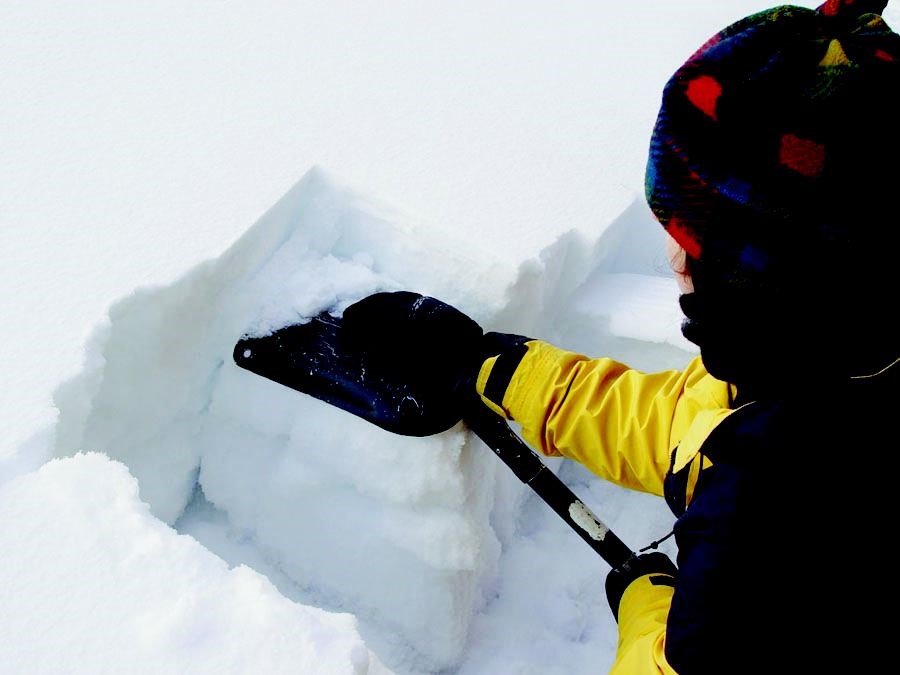The tragic death of a highly experienced snowmobiler in an avalanche so close to Prince George this week drives home the need for everyone to be avalanche aware.
On Sunday night, as rescuers plotted out the safest way to search for the missing man, a group of avid snow sports fans gathered together at the Prince George Snowmobiling Club to deepen their knowledge of precautions and forecasting before heading out into the fresh snow.
The region are prone to avalanche around Prince George don't, as of yet, have a lot of data on them when it comes to the frequency, size and location of slides, said James Floyer, public avalanche forecaster with the Canadian Avalanche Centre (CAC).
"One of the reasons is that the mountain ranges north of the Rockies are fairly remote. So we don't actually know about avalanches that happen unless there is damage caused."
The CAC, non-government, not for profit organization dedicated to public avalanche safety, presents backcountry avalanche workshops throughout November and December across the province.
The workshop aims to be a pre-season primer that will make people more aware of the dangers associated with being in the backcountry.
According to the CAC, core safety gear is still not being used enough.
Thirty per cent of snowmobile accidents involved teams lacking appropriate gear, but gear alone isn't enough - people also need to know how to use it properly.
According the CAC, the risks and backcountry activity have just started to emerge in the past two weeks, although risk ratings are not yet available for the majority of mountain regions across the province.
Avalanche activity tends to peak in the afternoons when temperatures are highest, according to studies, while avalanches tend to occur earlier in the day on steep, upper elevation, sun-exposed slopes.
High elevation, steep, northerly aspects tend to see less activity.
Deep persistent slab and large wet slab avalanches are possible when it's raining and during or after prolonged periods where no overnight freeze occurs.
Persistent deep slab avalanches are caused by a thick and hard cohesive slab of snow losing its bond to an underlying weak layer that is very deeply buried in the snowpack, often on or near the ground.
Wet slab avalanches are caused by a thick cohesive slab of snow losing its bond to an underlying thin, weaker layer or interface after becoming damp, moist, or saturated with water.
So remember to check local forecasts since increased caution is required as minimum temperatures rise and prevent the snowpack from freezing overnight or when rain and warm temperatures combine to saturate the snowpack at high elevations.
Environment Canada is calling for a 30 per cent chance of flurries throughout the week, with more snow expected this weekend.
For more information on the CAC visit www.avalanche.ca.



